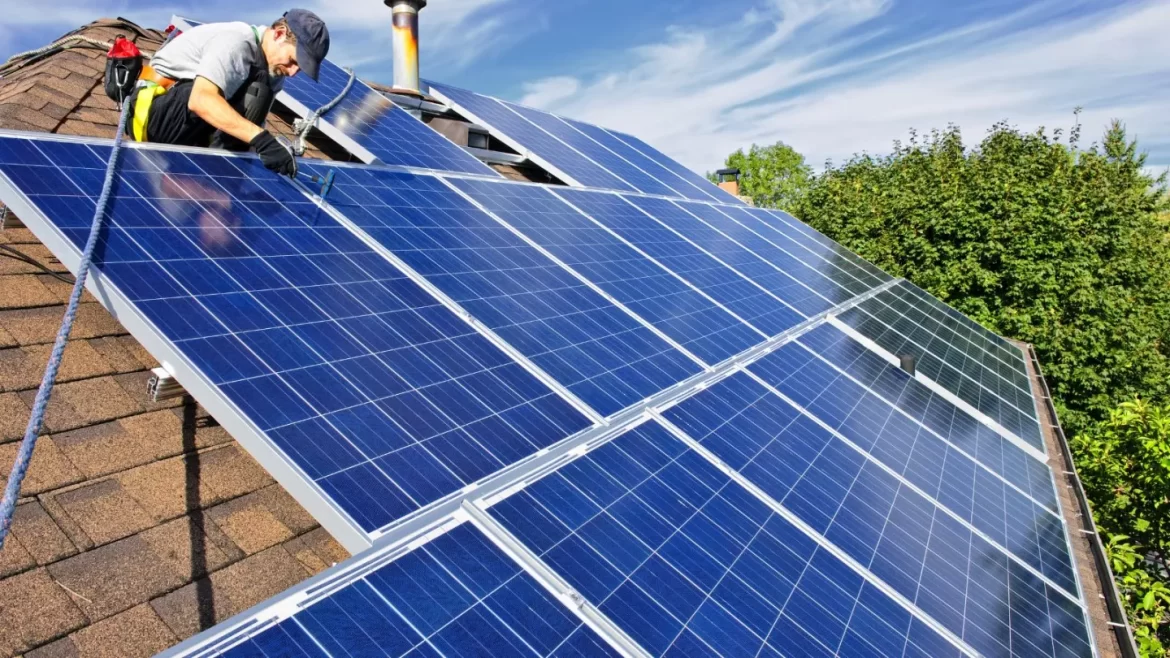Angola recently marked a significant milestone in its energy sector with the completion of seven photovoltaic plants, boosting the public electricity network by an additional 370 megawatts and extending benefits to over 500,000 inhabitants in rural areas.
The Minister of Energy and Water, João Baptista Borges, unveiled this information during the inauguration of the 25th meeting of the Steering Committee of the Central African Energy Hub (PEAC) held in Luanda.
In his address, Minister Borges underscored Angola’s remarkable progress in energy infrastructure development, noting that the country has achieved a total installed capacity of 6.3 gigawatts, including the recent completion of the Laúca Dam.
Looking ahead, Angola aims to further bolster its energy capacity to 9.6 gigawatts by 2027, with the imminent completion of the Caculo Cabaça Hydroelectric Plant in the Cuanza-Norte province, expected to generate an additional 2.17 gigawatts.
Additionally, plans are underway to add 500 megawatts of solar capacity through the Catete and Malanje photovoltaic parks.
Aligned with the objectives outlined in the 2022-2027 National Development Plan, Angola is poised to enhance its regional energy integration efforts, with a focus on establishing interconnections with neighboring Central and Southern African countries, particularly Namibia, Zambia, and the Democratic Republic of Congo (DRC).
Taking on the presidency of the Central African Energy Pole (PEAC), Minister João Baptista Borges articulated Angola’s commitment to driving forward regional interconnection initiatives during the two-year term.
Emphasizing the need for concerted action, he outlined plans to overcome existing challenges in infrastructure development, which have hindered the progress of regional interconnection projects.
While acknowledging the strides made in the legal framework, Minister Borges highlighted the imperative for political engagement from States and various stakeholders, including the private sector, to facilitate cross-border energy trade and cooperation.
The envisioned energy market in Central Africa aims to enable countries to efficiently exchange surplus energy, promoting equitable access and sustainability in the region.
Despite the immense energy potential estimated at 50 GW in the Central African Region, current installed capacity stands at only 10 GW, serving approximately 40 percent of the population.
Minister Borges stressed the urgency of addressing this gap to meet the energy needs of the region’s 185 million inhabitants, underscoring the significance of collaborative efforts in advancing electrification and driving socio-economic development across Central Africa.
![]()




